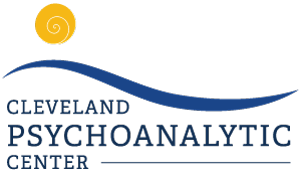A Recovery High School, Cont'd.
On Sunday, February 20th, the Plain Dealer carried a front-page story on the rising rate of deaths due to accidental drug overdoses. The article reveals that about one quarter of the overdose deaths in Cuyahoga County in 2009 were people 30 years or younger, and carried the story of a sixteen-year-old heroin user who sought treatment at New Directions, a treatment facility for adolescents. This article underscores the need for a recovery high school in greater Cleveland to provide for the special needs of recovering high school students. Readers might take another look at a blog on our web site by Joy G. Willmott LICDC, LISW from last September on this very problem.Joy Willmott offers these additional thoughts on opiate addiction and youth:Opiates along with alcohol and marijuana, are the three most common drugs used by adolescents today. The statistics are there to support this alarming information, but there is little support for getting help for the teens suffering as they do with addiction. Parents, if not overwhelmed with what to do, often seem to not see it. Schools deny that their students can purchase any drug they want in and around the school day. Preoccupation with how to get alcohol and other drugs, how to use them and how to recover from use is often the order of the school week. It occupies students from Thursday to the following Tuesday leaving Wednesday a chance to learn. Teens who have received the best treatment Greater Cleveland has to offer, return to school and resume using at the rate of 47%(Winter et al 2000). Analysts and other therapists need not feel totally intimidated by the statistics. Khantzian (1999) says it well: “There are….attempts to defend against that aspect of the self that is vulnerable, injured, or in a state of disrepair. These defenses are often evident…in attitudes of self-centeredness, self-sufficiency and disavowal of distress, which may alternate with or present with attitudes of abject self-rebuke and pity that defy and reject attempts at comfort and understanding.” The key is to explore the pain that one sees in the addict’s eyes and demeanor. When an addict knows that the therapist knows the pain they are in, they often begin relating to the therapist at a different level of their being- a suffering and painful place. Opiates are compelling drugs to treat and many do not get well. But some do, leaving us with the thought that we can and will find a way to help more of the people addicted to this kind of drug. Many years ago the Greater Cleveland School Superintendents Association developed a program for all the schools under their purview. It was called Project CARE (Chemical Abuse Reduced by Education). It promoted education of teachers, parents, and students, and developed alliances with the community to understand the issues, and systems that helped the suffering young people. Many youth were able to receive treatment and are productive citizens today. Sadly that program is not around today, and public schools are left without leadership in how to deal with the problem. At all cost we, as a community must understand that the addict is truly suffering and needs our help.
